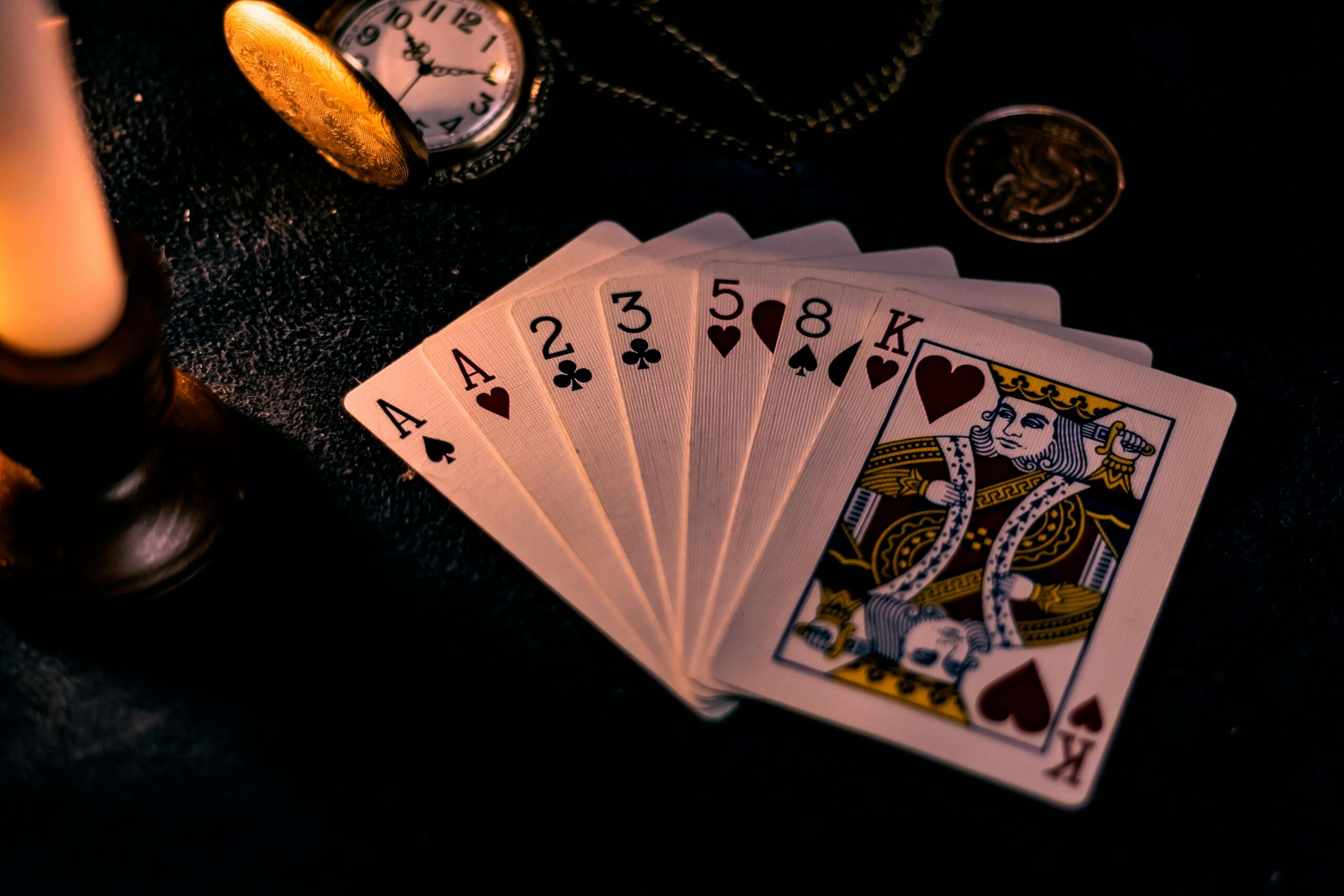Gin Rummy Rules on How to Play
The Gin Rummy rules state that; to deal a deck of cards for Gin Rummy, start by shuffling the cards. Then, deal 10 cards face down to each player. Next, put the rest of the cards face down in the middle of the table. This is known as the stockpile and is used as a draw pile throughout the game. Finally, when starting a new game, the top card of the stock pile is turned face up next to it. This card is known as the upcard and is the one with which the players will try to create sets and runs.
The first player picks up a card from the deck and either keeps or discards it. If the player chooses to discard it, they must place it face up in the middle of the table. The next player then has the option to pick up this card or take a card from the deck. This continues until all players have ten cards in their hand. So if you are playing gin rummy online, remember to play responsibly.
How to Play Gin Rummy
| Step | Action |
|---|---|
| 1. Shuffle Cards | Shuffle the deck of 52 cards thoroughly. |
| 2. Deal Cards | Deal 10 cards face down to each player. |
| 3. Stockpile | Place the remaining cards face down in the center. This is the stockpile. |
| 4. Upcard | Turn the top card of the stockpile face up. This is called the upcard. |
| 5. Turn Action | Players take turns either drawing the top card from the stockpile or picking up the upcard. |
| 6. Discard | After drawing, each player discards one card into the discard pile. |
| 7. End of Round | The round ends when a player forms sets and runs or “knocks” to signal the end. |



